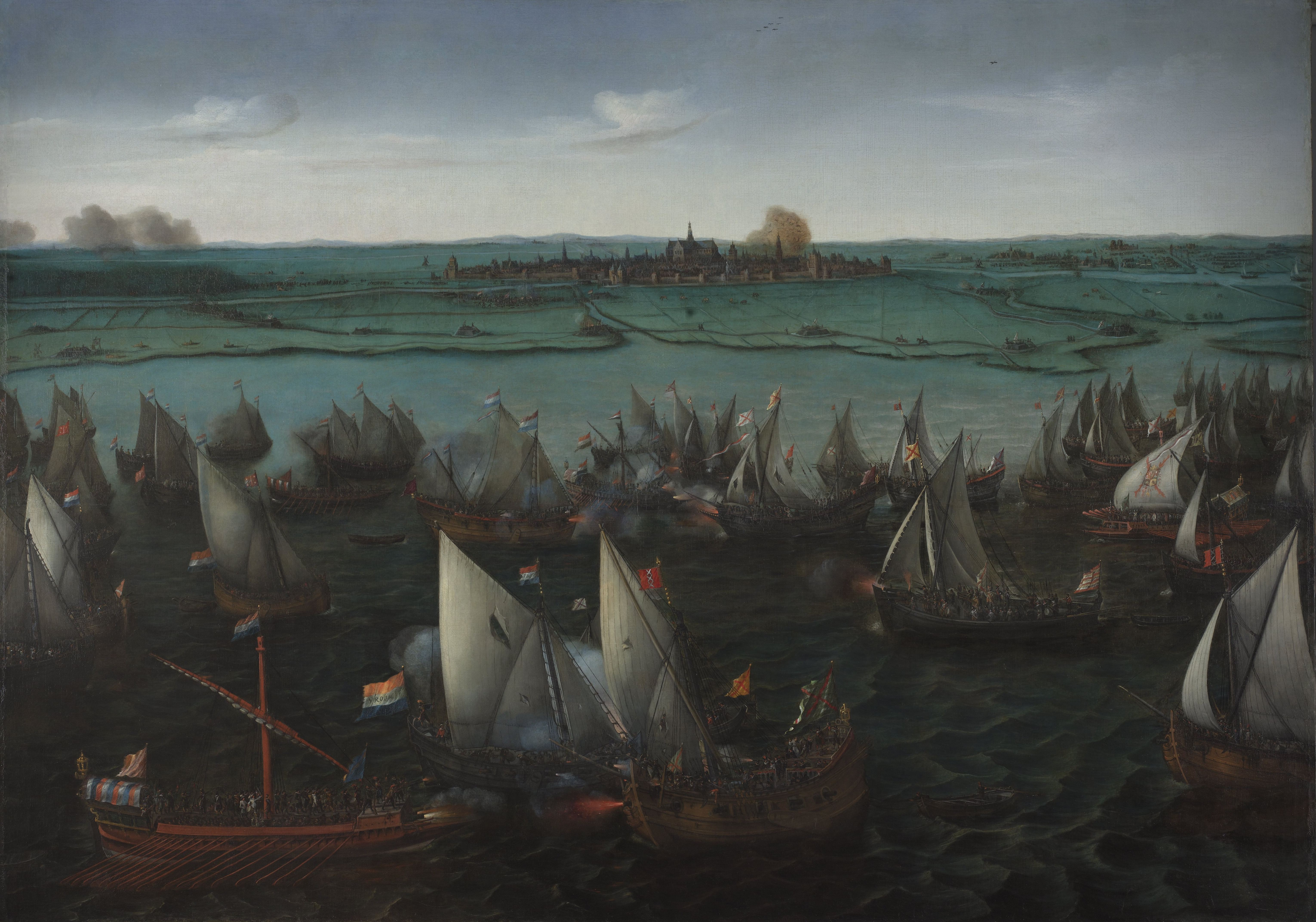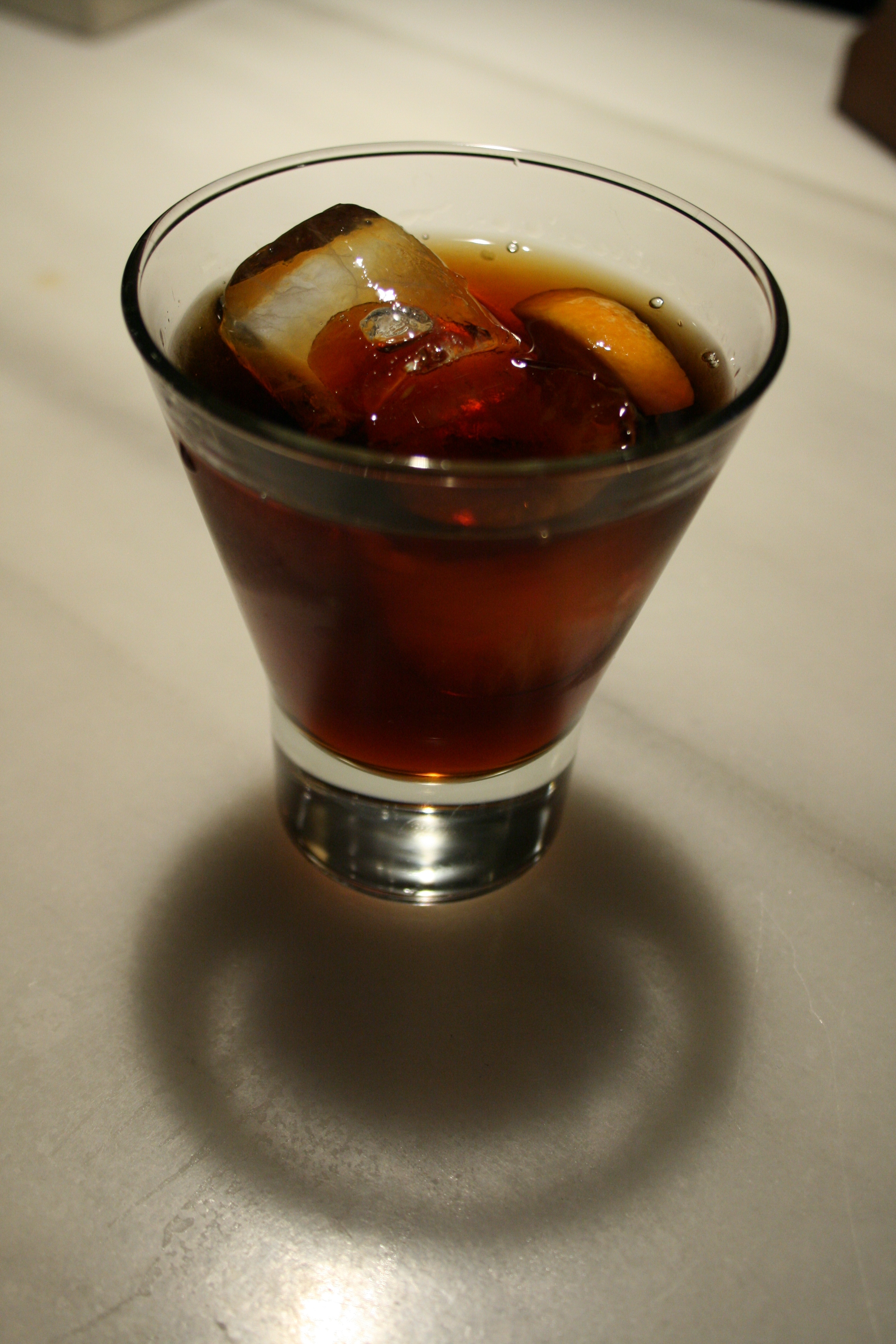|
Geuze
Gueuze (; ) is a type of lambic, a Belgian beer. It is made by blending young (1-year-old) and old (2- to 3-year-old) lambics, which is bottled for a second fermentation. Because the young lambics are not fully fermented, the blended beer contains fermentable sugars, which allow a second fermentation to occur. Due to its lambic blend, gueuze has a different flavor than traditional ales and lagers. Because of their use of aged hops, lambics lack the characteristic hop aroma or flavor found in most other beers. Furthermore, the wild yeasts that are specific to lambic-style beers give gueuze a dry, cider-like, musty, sour, acetic acid, lactic acid taste. Many describe the taste as sour and "barnyard-like". Gueuze is typically highly carbonated, with carbonation levels ranging from 3.5 to 4.5 volumes of carbon dioxide. Because of its carbonation, gueuze is sometimes called "Brussels Champagne". In modern times, some brewers have added sweeteners such as aspartame to their gueuz ... [...More Info...] [...Related Items...] OR: [Wikipedia] [Google] [Baidu] |
Geuzen
''Geuzen'' (; ; ) was a name assumed by the confederacy of Calvinist Dutch nobles, who from 1566 opposed Spanish rule in the Netherlands. The most successful group of them operated at sea, and so were called ''Watergeuzen'' (; ; ). In the Eighty Years' War, the Capture of Brielle by the ''Watergeuzen'' in 1572 provided the first foothold on land for the rebels, who would conquer the northern Netherlands and establish an independent Dutch Republic. They can be considered either as privateers or pirates, depending on the circumstances or motivations. Origin of the name The leaders of the nobles who signed a solemn league known as the Compromise of Nobles, by which they bound themselves to assist in defending the rights and liberties of the Netherlands against the civil and religious despotism of Philip II of Spain, were Louis of Nassau and Hendrick van Brederode. On 5 April 1566, permission was obtained for the confederates to present a petition of grievances, called the R ... [...More Info...] [...Related Items...] OR: [Wikipedia] [Google] [Baidu] |
Lambic
Lambic ( , ; ) is a type of beer brewed in the Pajottenland region of Belgium southwest of Brussels since the 13th century. Types of lambic beer include gueuze, kriek lambic, and framboise. Lambic differs from most other beers in that it is Brewing#Fermenting, fermented through exposure to Yeast#Ecology, wild yeasts and bacteria native to the Zenne valley, as opposed to exposure to carefully cultivated strains of Saccharomyces, brewer's yeast. This process gives the beer its distinctive flavour: dry, wiktionary:vinous, vinous, and cidery, often with a tart aftertaste. Etymology This beverage is first mentioned in 1794 as ''allambique''. The initial 'a' was dropped early on so that in an 1811 advertisement it was called ''lambicq'', though it was sometimes referred to as ''alambic'' as late as 1829. The name may stem from alembic, a type of still used for producing local spirits such as cognac and jenever (but not used in the production of lambic). Breweries in and around Lembe ... [...More Info...] [...Related Items...] OR: [Wikipedia] [Google] [Baidu] |
Lindemans Brewery
Lindemans Brewery (Brouwerij Lindemans) is a Belgium, Belgian family brewery based in Vlezenbeek, a small town in Flemish Brabant, southwestern Brussels. It produces lambics, a style of Belgian ale that uses raw wheat and wild yeast. History The history of Lindemans Brewery began in 1822 when the brewery was founded on a small farm in Vlezenbeek. The brewery's patriarch was Frans Lindemans, the brother of the then-bailiff of Gaasbeek. In 1930, due to the growing success of the brewery, the agricultural activity was stopped definitively to focus on the brewing of Kriek and Gueuze. They produced their first Faro (beer), Faro in 1978. Shortly after, in 1980 the brewery started its production of Framboise. Consequently, in 1986 and 1987, Lindemans added Cassis (beer), Cassis and Pêcheresse to its assortment. Finally, in 2005, Apple was the last beer to be introduced. The brewery, to this day, is still a family company, run by brothers Nestor and Rene for a long time, before their s ... [...More Info...] [...Related Items...] OR: [Wikipedia] [Google] [Baidu] |
Acetic Acid
Acetic acid , systematically named ethanoic acid , is an acidic, colourless liquid and organic compound with the chemical formula (also written as , , or ). Vinegar is at least 4% acetic acid by volume, making acetic acid the main component of vinegar apart from water. Historically, vinegar was produced from the third century BC and was likely the first acid to be produced in large quantities. Acetic acid is the second simplest carboxylic acid (after formic acid). It is an important Reagent, chemical reagent and industrial chemical across various fields, used primarily in the production of cellulose acetate for photographic film, polyvinyl acetate for wood Adhesive, glue, and synthetic fibres and fabrics. In households, diluted acetic acid is often used in descaling agents. In the food industry, acetic acid is controlled by the E number, food additive code E260 as an acidity regulator and as a condiment. In biochemistry, the acetyl group, derived from acetic acid, is funda ... [...More Info...] [...Related Items...] OR: [Wikipedia] [Google] [Baidu] |
Craft Breweries
Craft beer is beer manufactured by craft breweries, which typically produce smaller amounts of beer than larger "macro" breweries and are often independently owned. Such breweries are generally perceived and marketed as emphasising enthusiasm, new flavours, and varied brewing techniques. The microbrewery movement began in both the United States and United Kingdom in the 1970s, although traditional artisanal brewing existed in Europe for centuries and subsequently spread to other countries. As the movement grew, and some breweries expanded their production and distribution, the more encompassing concept of craft brewing emerged. A brewpub is a pub that brews its own beer for sale on the premises. Producer definitions Microbrewery Although the term "microbrewery" was originally used in relation to the size of breweries, it gradually came to reflect an alternative attitude and approach to brewing flexibility, adaptability, experimentation and customer service. The term and tre ... [...More Info...] [...Related Items...] OR: [Wikipedia] [Google] [Baidu] |
Old Norse
Old Norse, also referred to as Old Nordic or Old Scandinavian, was a stage of development of North Germanic languages, North Germanic dialects before their final divergence into separate Nordic languages. Old Norse was spoken by inhabitants of Scandinavia and their Viking expansion, overseas settlements and chronologically coincides with the Viking Age, the Christianization of Scandinavia, and the consolidation of Scandinavian kingdoms from about the 8th to the 15th centuries. The Proto-Norse language developed into Old Norse by the 8th century, and Old Norse began to develop into the modern North Germanic languages in the mid- to late 14th century, ending the language phase known as Old Norse. These dates, however, are not precise, since written Old Norse is found well into the 15th century. Old Norse was divided into three dialects: Old West Norse (Old West Nordic, often referred to as ''Old Norse''), Old East Norse (Old East Nordic), and Old Gutnish. Old West Norse and O ... [...More Info...] [...Related Items...] OR: [Wikipedia] [Google] [Baidu] |
Geographical Indications And Traditional Specialities In The European Union
Three European Union schemes of geographical indications and Traditional food, traditional specialties, known as protected designation of origin (PDO), protected geographical indication (PGI), and traditional speciality guaranteed (TSG), promote and protect names of agricultural products and foodstuffs, wines and spirits. Products registered under one of the three schemes may be marked with the logo for that scheme to help identify those products. The schemes are based on the legal framework provided by the EU Regulation No 1151/2012 of the European Parliament and of the Council of 21 November 2012 on quality schemes for agricultural products and foodstuffs. This regulation applies within the EU as well as in Northern Ireland. Protection of the registered products is gradually expanded internationally via bilateral agreements between the EU and non-EU countries. It ensures that only products genuinely originating in that region are allowed to be identified as such in commerce. The ... [...More Info...] [...Related Items...] OR: [Wikipedia] [Google] [Baidu] |
Protected Designation Of Origin
The protected designation of origin (PDO) is a type of geographical indication of the European Union aimed at preserving the designations of origin of food-related products. The designation was created in 1992 and its main purpose is to designate products that have been produced, processed and developed in a specific geographical area, using the recognized know-how of local producers and ingredients from the region concerned. Features The characteristics of the products protected are essentially linked to their terroir. The European or UK PDO logo, of which the use is compulsory, documents this link. European Regulation 510/2006 of 20 March 2006 acknowledges a priority to establish a community protection system that ensures equal conditions of competition between producers. This European Regulation is intended to guarantee the reputation of regional products, adapt existing national protections to make them comply with the requirements of the World Trade Organization, and info ... [...More Info...] [...Related Items...] OR: [Wikipedia] [Google] [Baidu] |
Traditional Speciality Guaranteed
A traditional speciality guaranteed (TSG; : traditional specialities guaranteed) is a traditional food product protected under European Union and/or United Kingdom law. This label differs from the geographical indications protected designation of origin (PDO) and protected geographical indication (PGI) in that the TSG label does not certify that the protected food product has a link to a specific geographical area, and thus a product can be produced outside the area or country from which it originates. To qualify for the TSG label, a food must be of "specific character" and its raw materials, production method, or processing must be "traditional". Title III of European Union Regulation 1151/2012 (Articles 17-26) deals with the TSG scheme, with specific terms defined in Article 3: "specific character" is defined as "the characteristic production attributes which distinguish a product clearly from other similar products of the same category", and "traditional" is defined as "proven ... [...More Info...] [...Related Items...] OR: [Wikipedia] [Google] [Baidu] |
Wine Bottle
A wine bottle is a bottle, generally a glass bottle, that is used for holding wine. Some wines are fermentation (wine), fermented in the bottle while others are bottled only after fermentation. Recently the bottle has become a standard unit of volume to describe sales in the wine industry, measuring . Wine bottles are produced, however, in a variety of volumes and shapes. Wine bottles are traditionally sealed with a cork (wine), cork, but Screw cap (wine), screw-top caps are becoming popular, and there are several alternative wine closures, other methods used to seal a bottle. Sizes Many traditional wine bottle sizes are named for Bible, Biblical kings and historical figures. The chart below lists the sizes of various wine bottles in multiples relating to a standard bottle of wine, which is (six 125 mL servings). The "wineglassful"—an official unit of the Apothecaries' system, apothecaries' system of weights—is much smaller at . Most List of Champagne houses, champagne ... [...More Info...] [...Related Items...] OR: [Wikipedia] [Google] [Baidu] |
Traditionally
A tradition is a system of beliefs or behaviors (folk custom) passed down within a group of people or society with symbolic meaning or special significance with origins in the past. A component of cultural expressions and folklore, common examples include holidays or impractical but socially meaningful clothes (like lawyers' wigs or military officers' spurs), but the idea has also been applied to social norms and behaviors such as greetings, etc. Traditions can persist and evolve for thousands of years— the word ''tradition'' itself derives from the Latin word ''tradere'' literally meaning to transmit, to hand over, to give for safekeeping. While it is reportedly assumed that traditions have an ancient history, many traditions have been invented on purpose, whether it be political or cultural, over short periods of time. Various academic disciplines also use the word in a variety of ways. The phrase "according to tradition" or "by tradition" usually means that what follows i ... [...More Info...] [...Related Items...] OR: [Wikipedia] [Google] [Baidu] |







